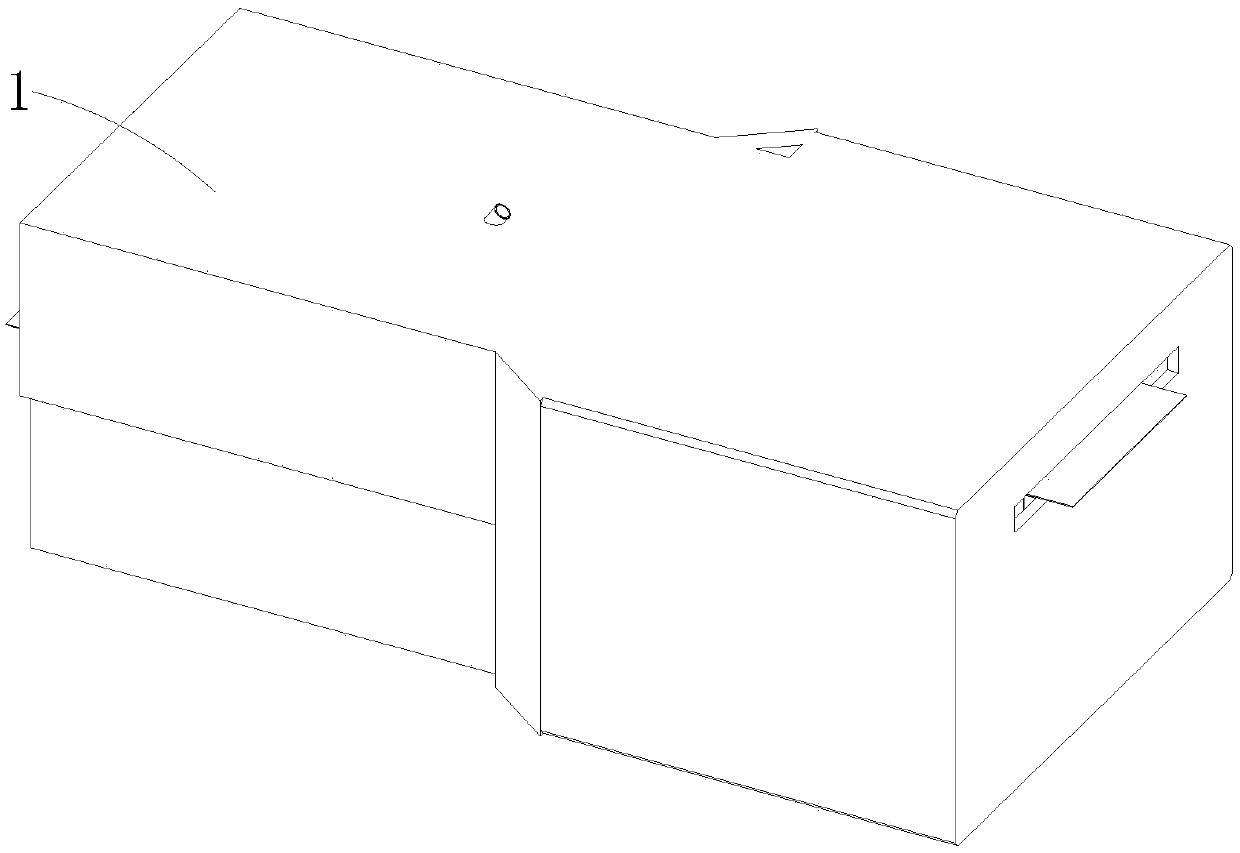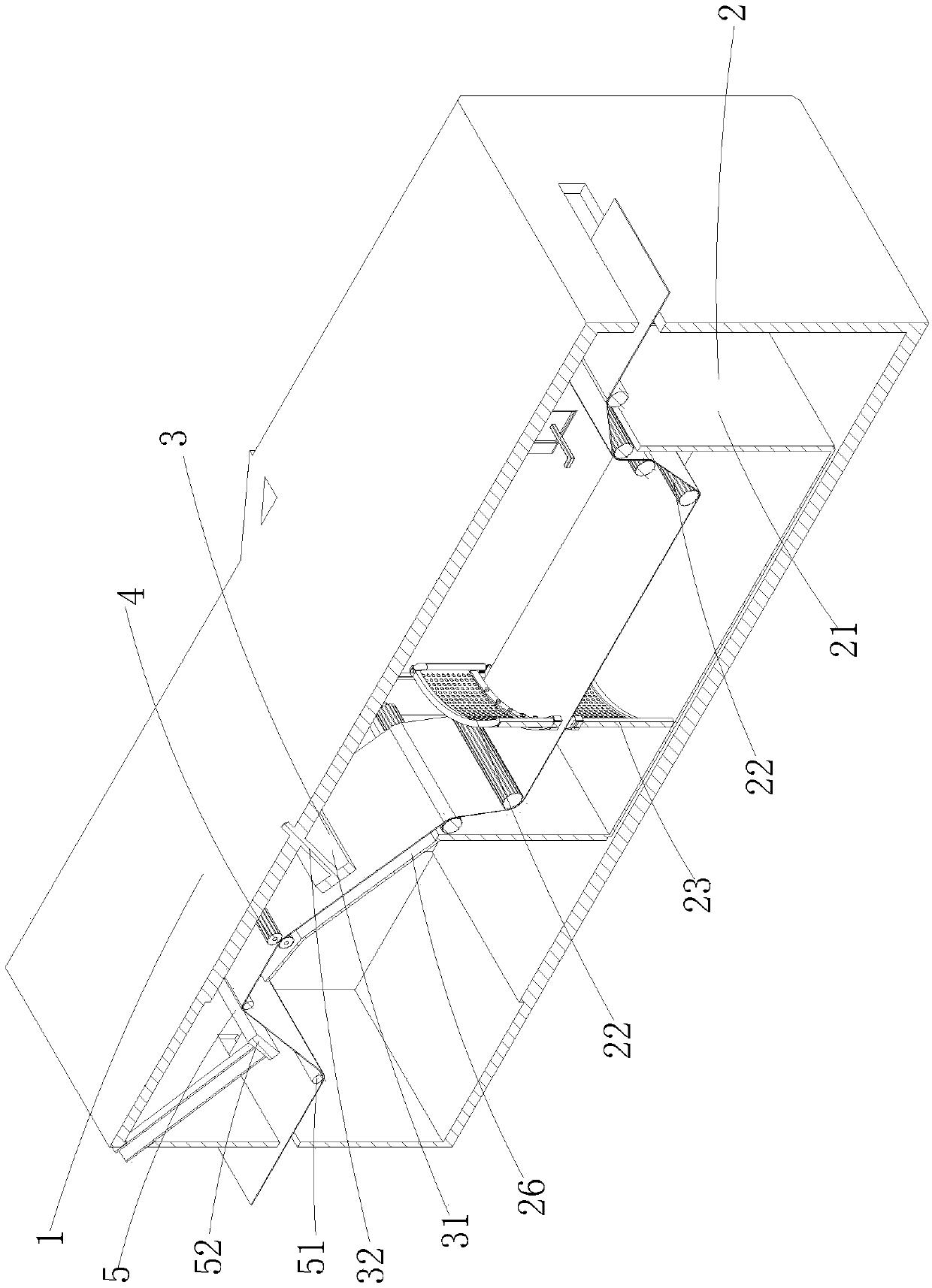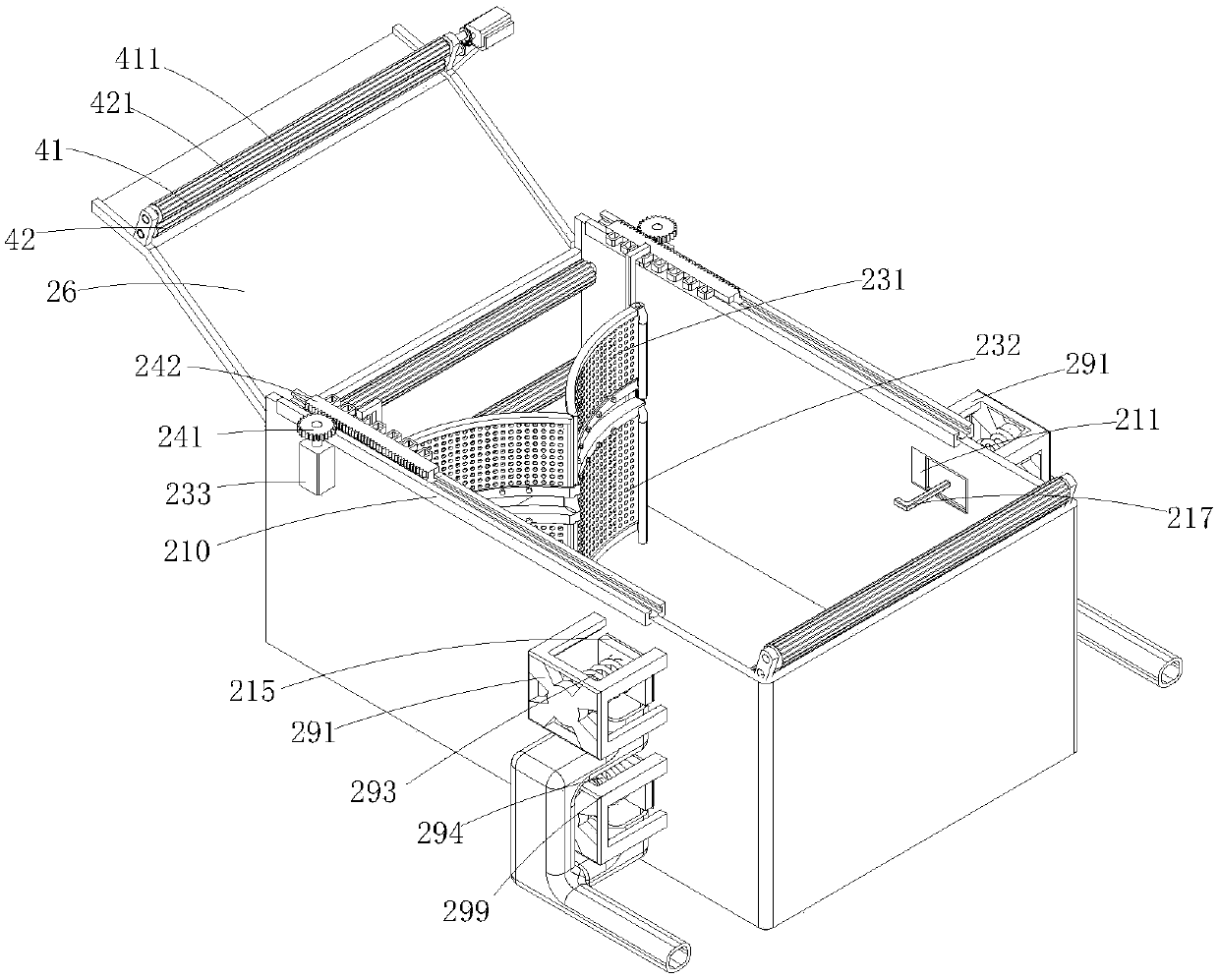Cotton cloth dyeing process
A cloth dyeing and crafting technology, applied in the field of textile printing and dyeing, can solve the problems of entering the dye liquor, affecting the appearance of clothes, reducing wearing performance, etc., achieving the effect of less water consumption, reducing the use of water resources, and improving quality
- Summary
- Abstract
- Description
- Claims
- Application Information
AI Technical Summary
Problems solved by technology
Method used
Image
Examples
Embodiment Construction
[0037] A cotton cloth dyeing process, comprising the steps of:
[0038] S1, turn over the seam, turn over and sew some gray cloths that have been taken together;
[0039] S2, singeing, sending the gray cloth after seaming into the singeing machine for singeing treatment;
[0040] S3, boiling and bleaching, the singed embryos are placed in a bleaching agent for bleaching treatment, and the bleaching temperature of the embryo cloth is 110-120°C;
[0041] S4, one-time cleaning, the embryos after boiling and bleaching are placed in 60-80°C clear water for cleaning treatment, and the water on the embryo cloth is filtered;
[0042] S5, the second cleaning, put the gray cloth in the washing and drying machine for cleaning to remove the floating hair and particles on the cloth;
[0043] S6, mercerized;
[0044] S7, catching and shearing, adding anti-fluffing agent in the process of catching and shearing, the amount of the anti-fluffing agent is 3-12g / L;
[0045] S8. The dried fabr...
PUM
 Login to View More
Login to View More Abstract
Description
Claims
Application Information
 Login to View More
Login to View More - R&D
- Intellectual Property
- Life Sciences
- Materials
- Tech Scout
- Unparalleled Data Quality
- Higher Quality Content
- 60% Fewer Hallucinations
Browse by: Latest US Patents, China's latest patents, Technical Efficacy Thesaurus, Application Domain, Technology Topic, Popular Technical Reports.
© 2025 PatSnap. All rights reserved.Legal|Privacy policy|Modern Slavery Act Transparency Statement|Sitemap|About US| Contact US: help@patsnap.com



